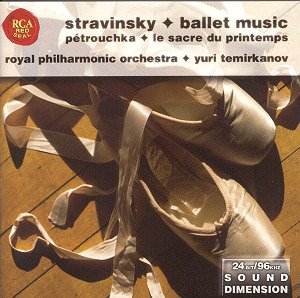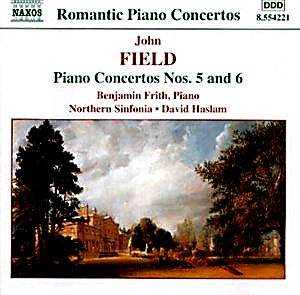 Composer: David Forshaw, Leonard Bernstein, Richard Arnell, David Ellis, Robert Simpson, Beth Wiseman, Mátyás Seiber, Philip Wood
Composer: David Forshaw, Leonard Bernstein, Richard Arnell, David Ellis, Robert Simpson, Beth Wiseman, Mátyás Seiber, Philip Wood
Works: Thirteen Ways of Looking at a Blackbird, Variations on an Octatonic Scale, Quintet “The Gambian,” Elegiac Variations, Variations and Fugue, Dances on my Grave, Pastorale, Concertino for Recorder & String Quartet
Performers: John Turner (recorder), The Camerata Ensemble (Richard Howard, Julian Hanson [violins], Tom Dunn [viola], Jonathan Price [cello])
Recording: ASC Studios, Macclesfield, December 2000 and May 2001
Label: OLYMPIA OCD 710
The compilation “Thirteen Ways of Looking at a Blackbird” presents an intriguing array of contemporary works for recorder and string quartet, each piece resonating with thematic richness and a diverse palette of sonorities. The album’s title piece by David Forshaw, inspired by Wallace Stevens’ evocative poem, engages with the notion of perspective and perception through music. Forshaw’s work, while not strictly programmatic, captures the essence of avian song without the overt ornithology that one might find in Messiaen, instead offering a nuanced exploration of texture and timbre suited perfectly to the capabilities of the recorder.
The performance by John Turner and The Camerata Ensemble is marked by an impressive command of the repertoire’s technical demands and expressive depth. Turner’s virtuosic handling of the recorder reveals a rich spectrum of colors, from the delicate whisper of the high register to the resonant warmth of the lower tones. In Forshaw’s piece, the instrument’s agility allows for a lively interplay with the strings, where the ensemble deftly balances the transparency of texture with the complexity of counterpoint. This is particularly evident in the lively passages that evoke a sense of fluttering movement, effectively mimicking the characteristics of its avian muse.
Bernstein’s “Variations on an Octatonic Scale” stands out as a significant work in the collection, showcasing his unique ability to blend jazz influences with classical structures. The ensemble navigates the intricate variations with a keen sense of rhythmic vitality, particularly in the second variation, where the pointillistic textures create a vivid sonic tapestry. The recording captures the clarity of the octatonic scale’s harmonic shifts, allowing for each variation’s distinct character to emerge without losing cohesion.
Robert Simpson’s “Variations and Fugue,” a substantial work discovered posthumously, displays a formal mastery that reflects the composer’s profound understanding of structure. The expansive fugue section, described by Simpson as intended to “go like a whispering wind,” is executed with sensitivity; the performers articulate its intricate lines with a fluidity that enhances the sense of introspection inherent in the music. The recording’s engineering effectively highlights the interplay between the recorder and strings, allowing the listener to appreciate the rich dialogue that unfolds throughout the piece.
Contrast is provided by Richard Arnell’s “Quintet ‘The Gambian’,” which introduces a lively folk-like theme that serves as a refreshing respite from the more introspective pieces. The ensemble’s energetic interpretation of the second movement’s variations capitalizes on the inherent buoyancy of the melody, further enhanced by the recording’s bright acoustic that captures the vivacious spirit of the work.
Technical aspects of the performance are commendable, with each player demonstrating a keen awareness of ensemble dynamics and an acute responsiveness to one another. This is especially notable in Beth Wiseman’s “Dances on my Grave,” where the juxtaposition of modern sonorities and traditional forms creates an engaging dialogue. Wiseman’s exploration of portamento adds an emotional weight to the work, and this recording captures the nuance of her melodic lines beautifully.
Sound quality is exemplary throughout, with a clear balance between the soloist and ensemble, allowing the intricate textures of each piece to shine. The engineering captures the warmth of the strings alongside the crystalline clarity of the recorder, creating an immersive listening experience that is both engaging and enlightening.
This collection is not merely a showcase of lesser-known compositions; it serves as a testament to the versatility of the recorder and the depth of contemporary chamber music. The thoughtful selection of works, coupled with Turner’s commitment to promoting new repertoire, results in an album that is as intellectually satisfying as it is sonically delightful. Each piece contributes to a broader conversation about the evolving landscape of classical music, making this recording a significant addition to the discography of modern chamber works. The artistry displayed here not only honors the legacy of the composers represented but also invites listeners to explore the rich possibilities inherent in the combination of recorder and strings.



